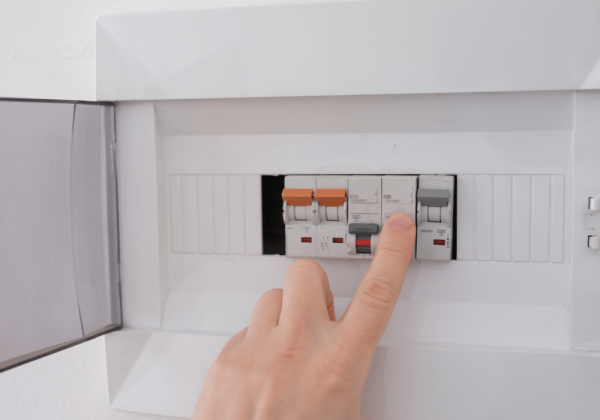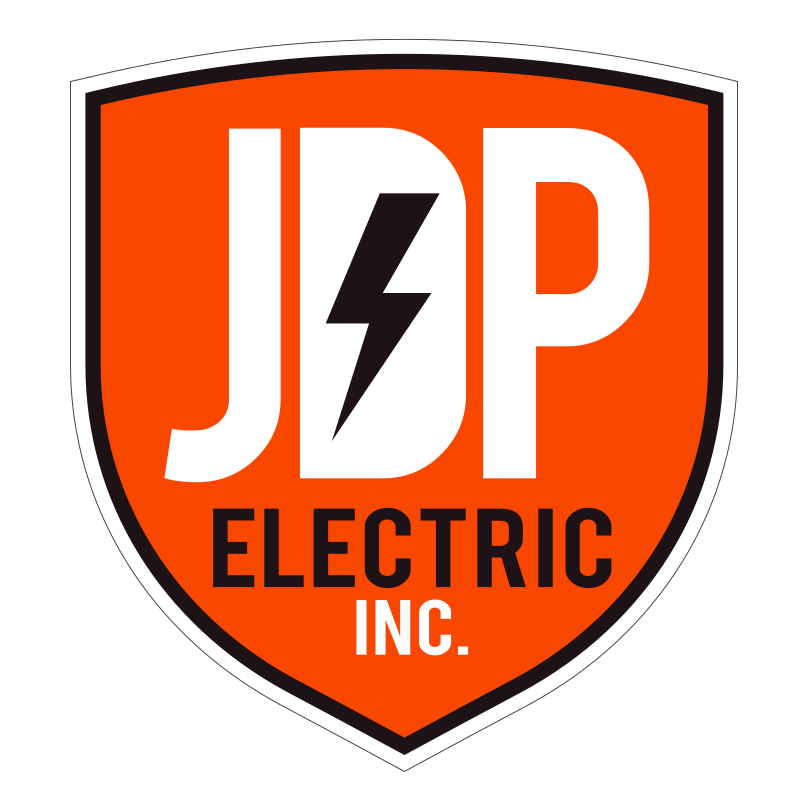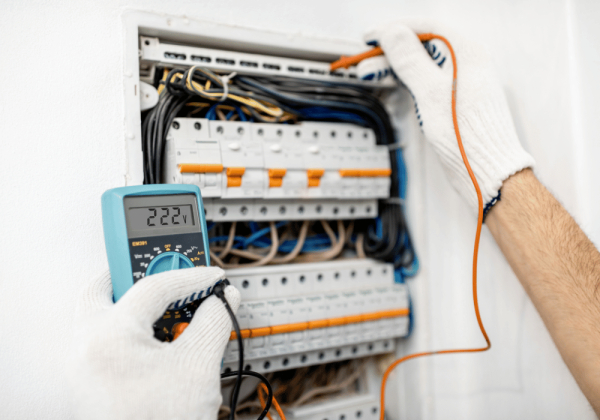An electrical panel is the lifeline of any modern home or business, providing the power needed to operate appliances, lighting, and essential systems. However, as technology advances and our reliance on electrical devices grows, older panels may struggle to keep up. Upgrading your electrical panel can enhance your property’s safety, ensure compatibility with modern devices, and prevent costly electrical issues down the line. This guide will help you understand when and why to consider an upgrade, the benefits it offers, and what’s involved in the process.
Signs You Need an Upgrade
 Recognizing the signs that your electrical panel is due for an upgrade is crucial for maintaining a safe and efficient electrical system. One of the most common indicators is frequent circuit breaker trips. If your breakers regularly trip when you plug in additional devices, it means your panel is overloaded and unable to handle your household’s electrical demand. This issue is especially common in homes with older 100-amp panels, which may not be sufficient for today’s energy-intensive appliances such as electric vehicle chargers or high-capacity HVAC systems.
Recognizing the signs that your electrical panel is due for an upgrade is crucial for maintaining a safe and efficient electrical system. One of the most common indicators is frequent circuit breaker trips. If your breakers regularly trip when you plug in additional devices, it means your panel is overloaded and unable to handle your household’s electrical demand. This issue is especially common in homes with older 100-amp panels, which may not be sufficient for today’s energy-intensive appliances such as electric vehicle chargers or high-capacity HVAC systems.
Another telltale sign is visible wear and tear on the panel itself. Rust, discoloration, or a burning smell coming from the panel are immediate red flags that warrant an inspection. These issues may indicate overheating or corrosion inside the panel, which poses a severe safety risk if left unaddressed. Additionally, if your home still relies on an outdated fuse box or a panel installed decades ago, it likely doesn’t adhere to modern safety standards, such as including arc-fault circuit interrupters (AFCIs).
Pay attention to performance issues throughout your home as well. Dimmed or flickering lights, power surges, or slow appliance performance could all suggest that your current panel lacks the capacity to meet your electrical demands. If you’re planning renovations or the addition of new appliances like energy-hungry refrigerators or a hot tub, it’s wise to consider whether your electrical system has the capacity to handle the increased load.
Benefits of Upgrading
Upgrading your electrical panel is more than a maintenance move; it’s a strategic investment in your home or business. One of the most significant benefits is improved safety. Older panels often lack essential modern safety features that can prevent electrical fires, such as AFCIs and ground-fault circuit interrupters (GFCIs). By upgrading, you reduce the risk of electrical faults that could lead to dangerous situations, protecting both your property and its occupants.
Another advantage is increased electrical capacity. With the growing adoption of smart home technologies, electric vehicles, and energy-efficient appliances, the demand for reliable power is higher than ever. A new panel ensures your system can meet this demand, reducing the risk of overloading circuits or having to unplug appliances to prevent breaker trips. If you’re in a commercial setting, upgrading can also improve operational efficiency by supporting high-tech equipment or new machinery more effectively.
Finally, upgrading your panel can increase your property’s value. Buyers are more likely to invest in homes or commercial spaces with modern, efficient electrical systems, as it eliminates the need for immediate upgrades post-purchase. Additionally, an up-to-date system can help lower your energy costs through increased efficiency and compatibility with renewable energy systems like solar panels, making it an eco-conscious choice for the future.
Choosing the Right Panel
The type of electrical panel you choose plays a critical role in meeting your needs both now and in the future. One key factor to consider is the amperage. While older homes often have 60-amp or 100-amp panels, modern homes typically require at least 200 amps to accommodate increased electrical usage. If your property is on the larger side, or you have plans to install power-hungry appliances like an air conditioner or EV charger, a 400-amp panel may be more appropriate.
Another factor is the panel’s breaker configuration and expansion capacity. Look for panels with sufficient breaker slots to support your current needs as well as any future expansions. This ensures that you won’t need another upgrade if you add square footage or additional appliances down the road. Panels that include surge protection are also worth considering, as they provide an extra layer of security against power spikes, which can damage electronics.
Think about compatibility with renewable energy or smart home systems. If solar panels, wind turbines, or energy storage systems like Tesla Powerwalls are part of your future plans, ensure your panel is capable of handling these integrations. Consult with a licensed electrician, as they can help you assess your needs and recommend a panel that offers the right balance of performance, safety, and future-proofing.
The Upgrade Process
Upgrading an electrical panel is a complex task that requires professional expertise to ensure safety and compliance with local electrical codes. The process starts with an assessment of your current system by a licensed electrician, who will determine the amperage requirements, inspect for existing safety issues, and evaluate your long-term power needs. This initial consultation is crucial for selecting the right panel and ensuring all upgrades meet code requirements.
Once the assessment is complete, the next step is planning and obtaining the necessary permits. Electrical work is heavily regulated, and failure to secure proper permits can lead to fines and issues when selling your property. A professional electrician will handle this paperwork and ensure the upgrade is carried out according to legal standards. During this stage, they will also coordinate with your local utility company if a temporary power shutoff is required.
The installation process involves removing the old panel, upgrading wiring if needed, and installing the new panel with precision. Since the electrical panel connects directly to the home’s mains, this is not a DIY task. After the new panel is installed, it must be tested thoroughly to ensure it is functioning correctly and safely. The electrician will also provide a final inspection report, confirming that the upgrade adheres to all applicable codes and regulations.
Cost Considerations
The cost of upgrading an electrical panel can vary widely depending on several factors, including panel size, labour fees, and the complexity of the job. For instance, upgrading from a 100-amp to a 200-amp panel may cost anywhere between $1,500 and $3,000 in Canada. If additional wiring, sub-panels, or upgrades to your electrical service are required, this can raise the overall cost. Homes located in rural or hard-to-access areas may also incur higher labour fees.
While the initial cost can seem steep, there are potential long-term savings to consider. A modern electrical panel can improve energy efficiency, reducing your utility bills. It also minimizes the risk of costly emergency repairs caused by overloaded circuits or outdated wiring. Additionally, some provinces offer rebates or incentives for energy-efficient electrical upgrades, which can offset part of the expense.
It’s important to budget not just for the cost of the panel itself but also for professional installation and potential repairs or updates to surrounding electrical systems. Hiring a licensed electrician may cost more upfront, but it provides peace of mind by ensuring the work is done safely and correctly, potentially saving on future costs.
Upgrading your electrical panel is an investment in safety, efficiency, and the future of your property. With the growing energy demands of modern life, a reliable electrical system is more important than ever. By addressing signs of wear, choosing the right panel, and hiring a licensed professional for installation, you can enjoy the benefits of an upgraded system with confidence. If you’re ready to take the next step, contact JD Patrick Electric today. Our team of experts specializes in panel upgrades and is here to guide you through the process, ensuring a safe and seamless transition to your new electrical system.


